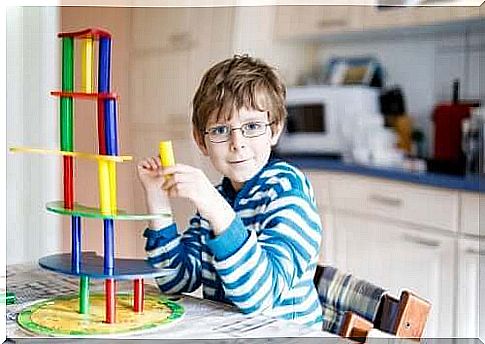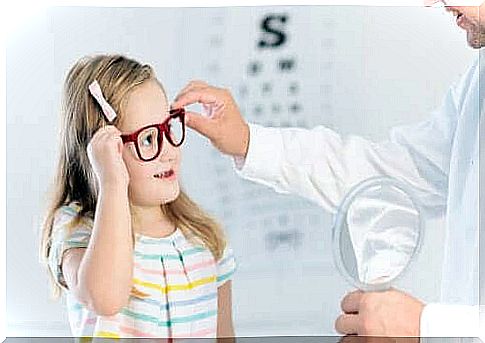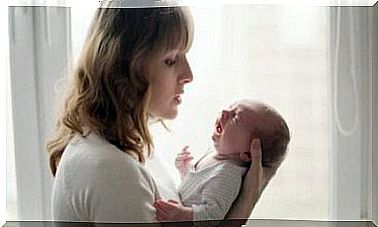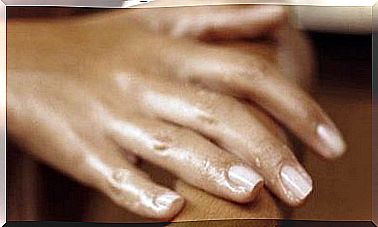How To Spot Vision Problems In Children

Some common vision problems in children, such as scarring and myopia, are relatively easy for parents to detect. Other vision problems, on the other hand, can easily go unnoticed. It is very important to pay attention to certain symptoms that may indicate an eye disease or vision problems in a child.
Warning signs of vision problems in children

The child may experience early warning signs of vision problems, for example, he or she may not be able to identify distant relatives properly or he or she may place objects very close to his or her face. The child may also rub their eyes or their eyes may cross, especially when tired. In some cases, the child may tilt their head back to see better and complain of headaches or blurred vision.
A child’s vision during the first months of life
In the first year of life, vision typically develops as follows:
- 6 weeks. The child reacts to facial expressions.
- 2-3 months. The child senses movement and is able to follow bright objects with his gaze.
- 3-6 months. The child looks at his hands and is able to follow the things around him.
- 4 months. The child smiles at his own mirror image.
- 6 months. The child follows moving objects with his gaze and tries to grab them.
- 7 months. The child touches his picture in the mirror.
- 9 months. The child moves forward to view the object.
- 1 year old. The child looks for lost toys and other objects in the field of vision.
Various vision problems in children
The most common vision problems in children are refractive errors such as myopia, farsightedness, and astigmatism. Lazy eye, carding, and color blindness are also common.
Lazy eye
Amblyopia, or lazy eye, occurs in about 2-5% of the population and is one of the most common causes of vision loss in industrialized countries. Diagnosis of the ailment and early treatment are key to preventing the disease from progressing to adulthood.
Pay special attention to your baby if he was born prematurely and has a family history of lazy eyes, refractive errors, or retinal problems. Although this condition is usually asymptomatic, it can sometimes present as a headache or neck pain. In a literate child, the disease can manifest itself as skipping words or mixing letters while reading.
Squint
3-6% of the population suffers from carding. Early diagnosis of the ailment is important because it can be corrected by treatment as a child, whereas as an adult it can no longer be corrected.
Signs of carding include:
- The eyes brush.
- The eyes do not move together in the same direction.
- The child tilts his head to the side to see certain points.
- Blinking or repeated rubbing of the eyes.
- The child squeaks or closes his other eye to see better.
Folding defects

Refractive errors such as astigmatism, myopia and farsightedness occur in about 20% of children.
Myopia
Myopia, or myopia, occurs at the age of about six years and typically causes squinting when looking at distant objects or difficulty identifying people relatively far away. Some children may also move closer to objects to see them better and squeak when looking closely at something.
Farsightedness
This ailment is typically physiological, meaning it already exists at birth in many babies. Usually, however, it disappears as the eye grows, but it can also last through life. Uncorrected severe farsightedness can cause lazy eye or scarring. It can cause headaches when performing tasks that require nearsightedness and eye strain after such tasks.
Astigmatism
In this discomfort, light from objects into the eye hits more than one point on the retina, leading to blurred vision and distortion. The main symptom is blurred or inaccurate vision when looking at objects both near and far.
Take the child to the doctor
Did you know about these signs of vision problems in children? If you notice these symptoms in your child, take the child to an ophthalmologist or optician. The expert will find out what type of vision problem it is and give it the right treatment.









